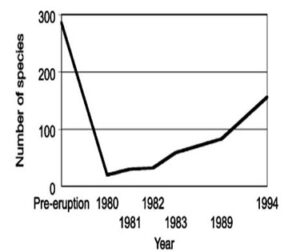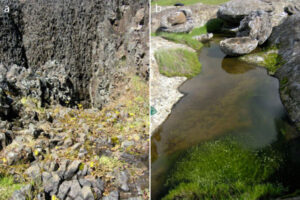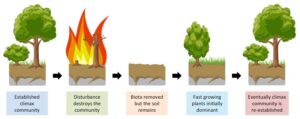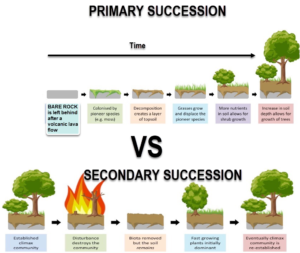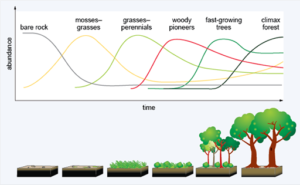
(par 3. 9 ) Ecological succession
http://en.wikipedia.org/wiki/Ecological_succession From Wikipedia, the free encyclopedia Succession after disturbance: a boreal forest one year (left) and two years (right) after a wildfire. Ecological succession is the observed process of change

